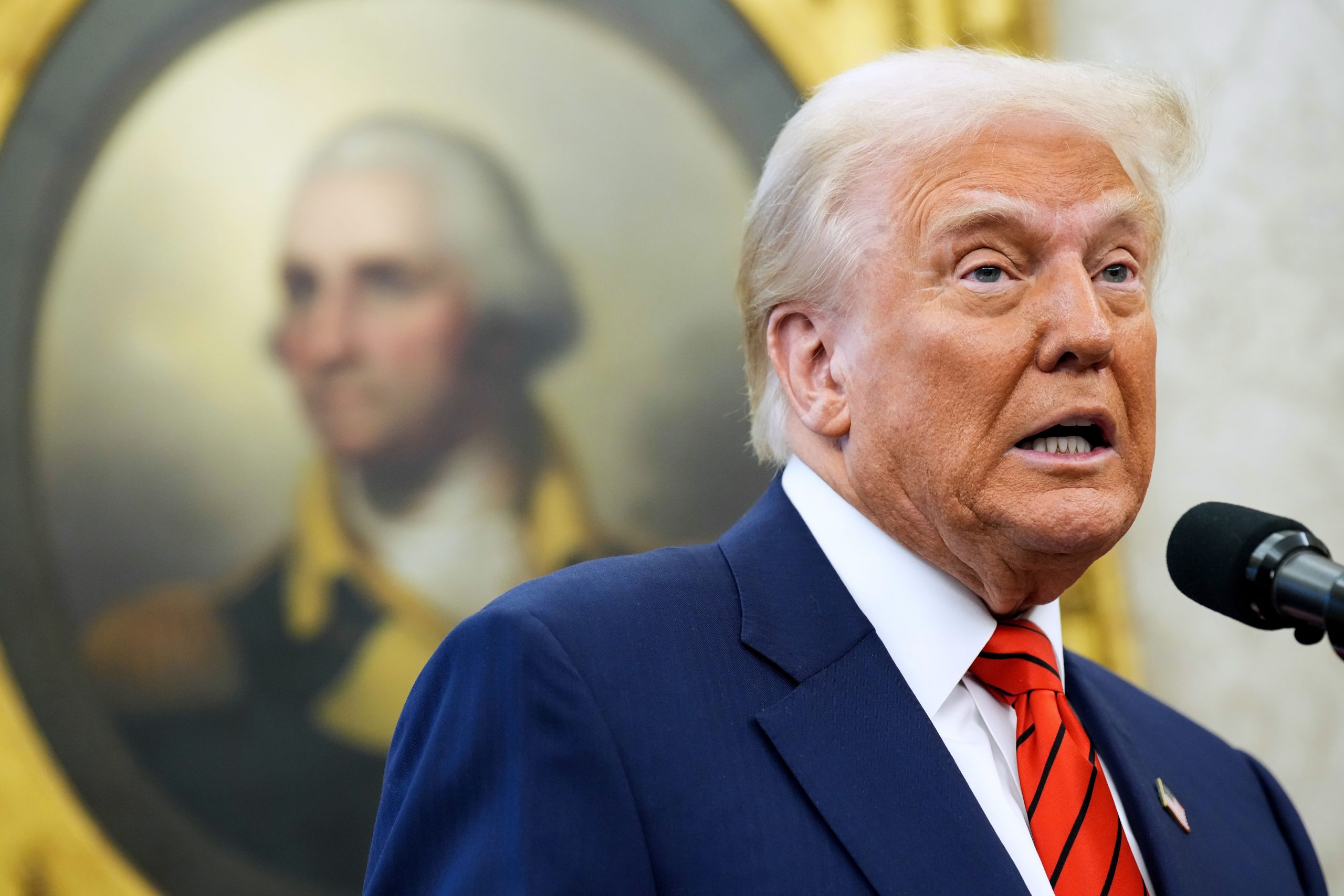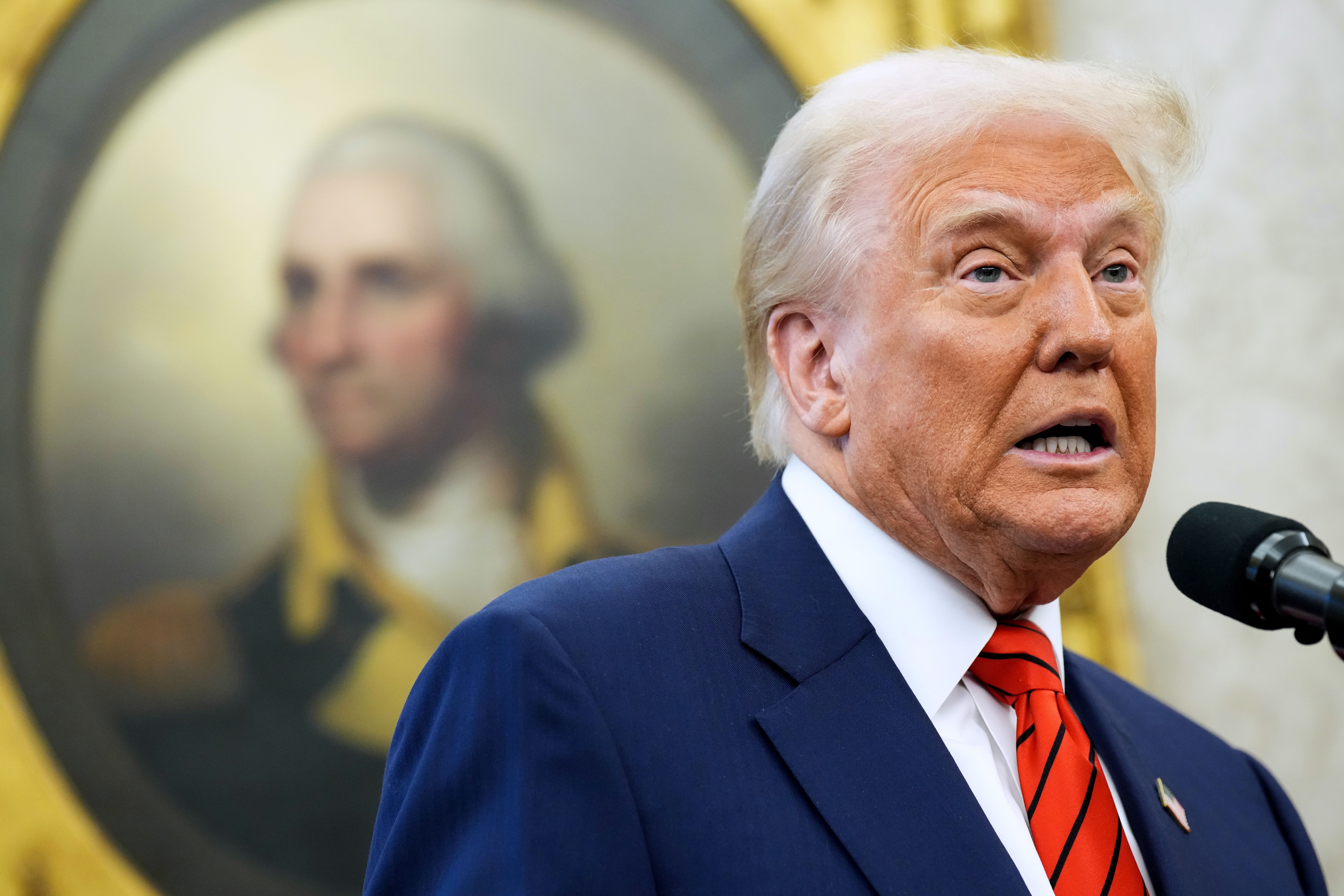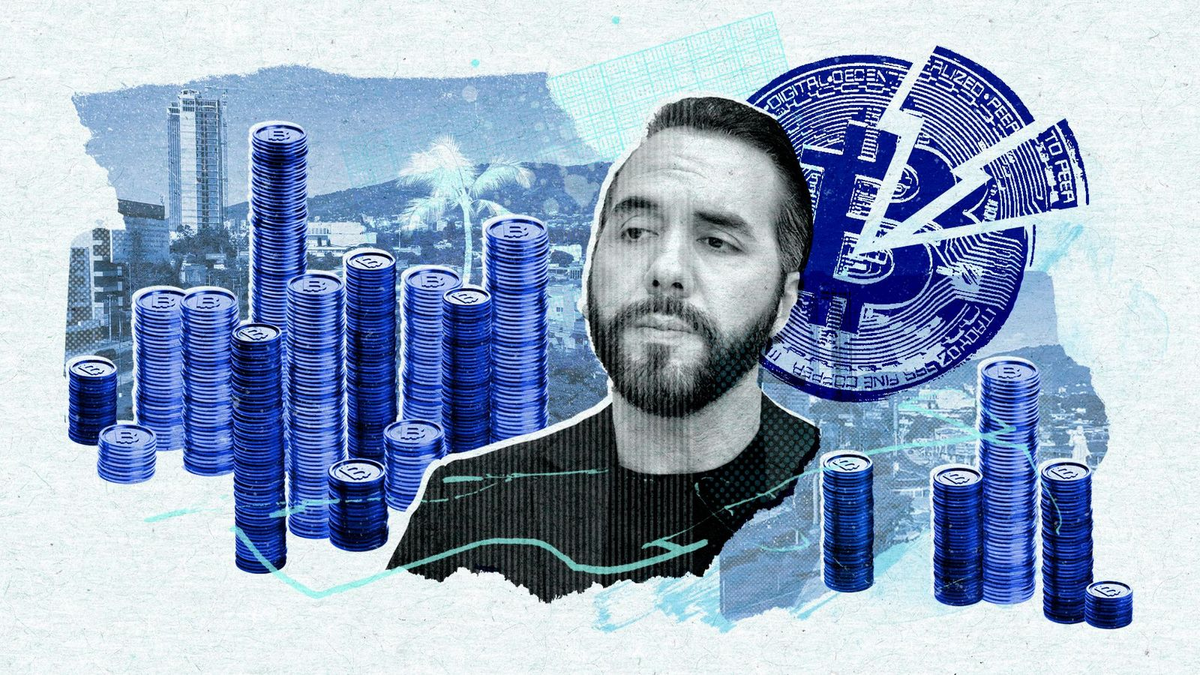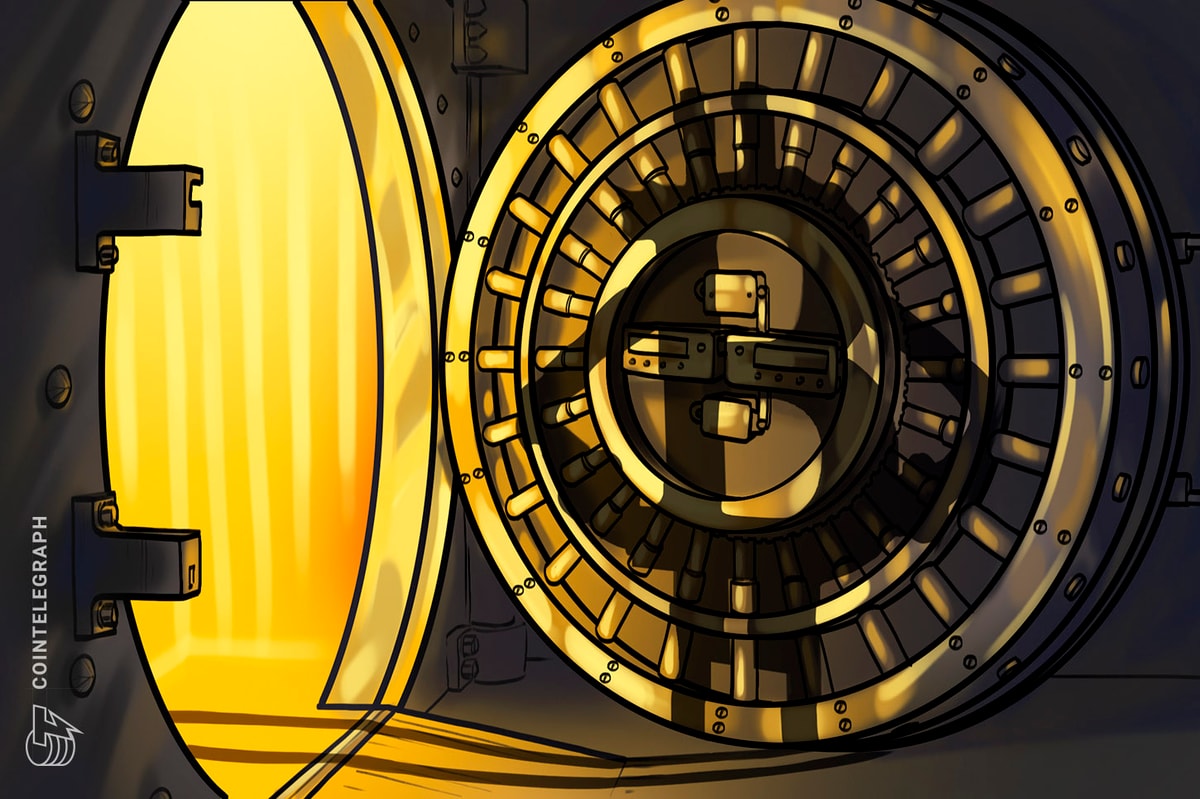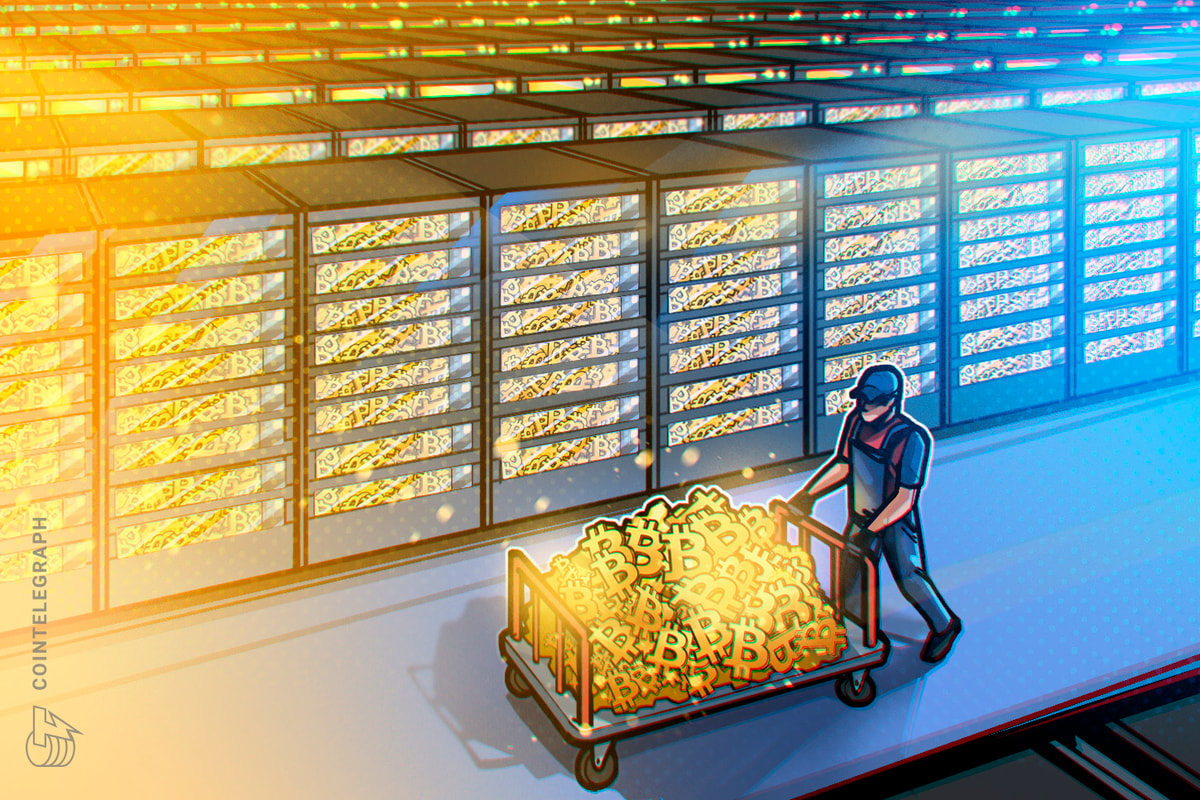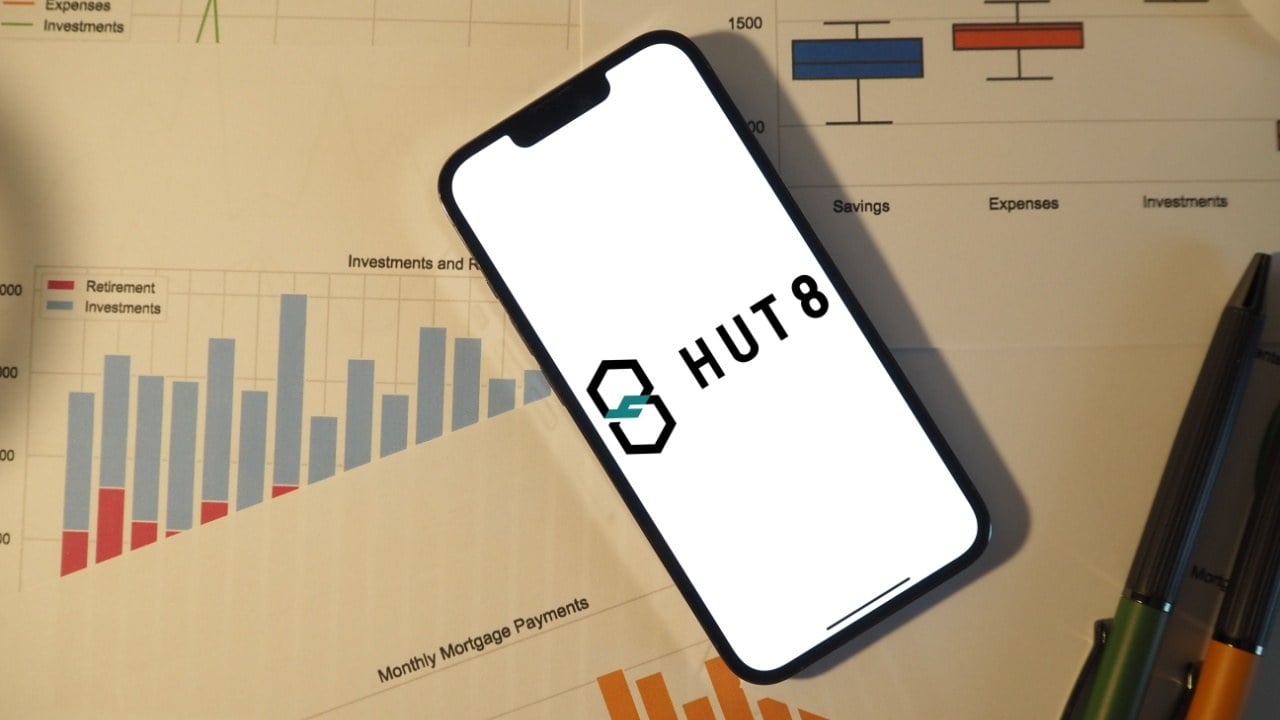New Hampshire’s Big Step into Bitcoin
Get ready for a big change in New Hampshire! The state’s Bitcoin bill just passed a major test with a 16-1 vote[1][5]. This is a huge step towards using Bitcoin in the state’s finances, and it might show other states how to do the same. Let’s find out more about this bill and what it means.
What’s in the Bill?
The bill was brought by Republican Keith Ammon and supported by Democrats Chris McAleer and Carry Spier. It lets the state treasurer invest up to 5% of the state’s money in digital assets[1]. But there’s a catch – the digital asset must have been worth at least $500 billion on average over the past year. Right now, that’s only Bitcoin[1]. The bill also lets the state invest in precious metals like gold, silver, and platinum[1].
Changes to the Original Plan
The bill originally wanted to invest 10%, but that was changed to 5%[1]. Also, the bill now doesn’t include stablecoins or the chance to earn more cryptocurrency by holding it (called staking)[1]. Any digital assets the state buys must be kept safely and legally[1].
What Does This Mean?
New Hampshire is now one of several states thinking about using cryptocurrencies in their finances. Other states like North Carolina, Oklahoma, and Texas are also working on similar bills[1]. If New Hampshire’s bill succeeds, it could show other states that investing in cryptocurrency is a good idea, which might lead to more acceptance of digital money in the U.S.
What’s Happening Nationally?
This bill comes at a time when the U.S. government is getting more interested in cryptocurrencies. President Trump recently said he wants to start a Crypto Strategic Reserve, which would include Bitcoin and other major cryptocurrencies[1]. This shows that digital money is being taken more seriously.
Looking Ahead: A New Way of Thinking About Money
New Hampshire’s Bitcoin bill passing the committee is a big deal. As it moves to the full House for a vote, it shows that the state is thinking about new ways to manage its money. If other states follow suit, we might see a whole new way of handling money in the U.S.
—
Sources:
– Cointelegraph
– The Automatic Earth
– ADVFN

